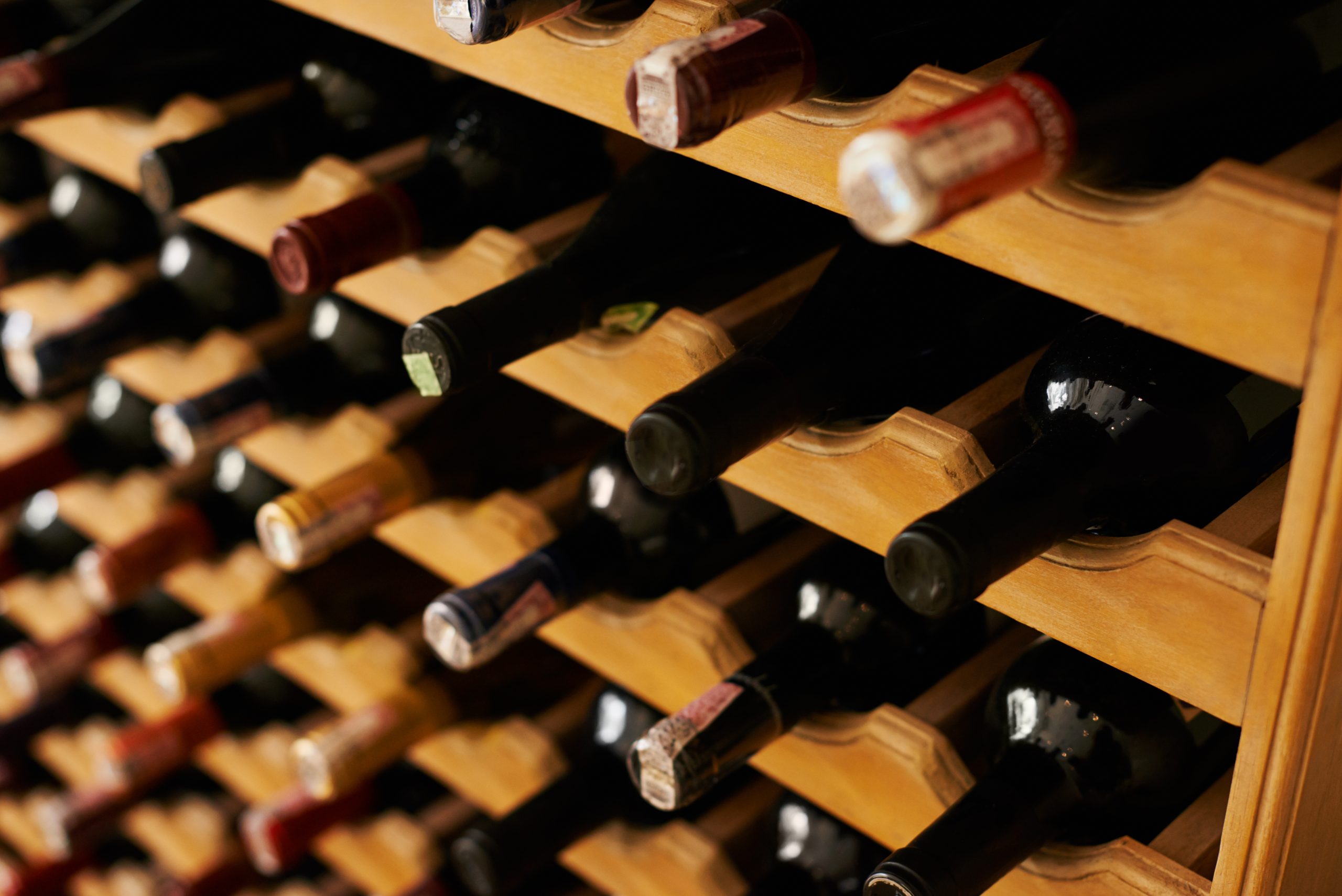‘China downturn deeper than anticipated’
By Ron EmlerAfter several years of heavy investment in China, the major spirits producers have been quick to identify it at the root of a string of depressed annual results published in the past few months.
Pernod Ricard CEO Pierre Pringuet
They blame much of their decelerating profits growth on Beijing’s anti-extravagance crackdown introduced 18 months ago.
The stringent policy is designed to stop state and local officials entertaining each other lavishly with premium and super-premium priced wines and spirits.
So, in the year to the end of June, Diageo’s net sales to China fell by 33%, reflecting a slump in demand for premium products, notably Scotch and high end baijiu, a category in which the group was forced to slash prices in the mid market. The group’s organic volumes in China were 20% lower.
For the year to the end of March Rémy Cointreau blamed its poor results largely on a 20.8% fall of Rémy Martin Cognac in China, its largest market, where it is the category leader.
Pernod Ricard’s deputy chairman, Pierre Pringuet, says the “downturn in China was deeper and wider than we anticipated”. Organic sales declined by 23% and the swing from positive growth (in 2012/13) at the group level was equivalent to almost 5% growth of earnings before tax, interest and depreciation. China is Pernod Ricard’s second largest market and ranks second in terms of profitability.
“It is crystal clear that the Chinese authorities wanted to respond to the frustrations of the population,” says Pringuet. “Some people were spending in an extravagant manner and [the government] had to respond to the situation. At the end of the day, yes, some of our sales plummeted.”
Pringuet admits to evidence of trading down in China. “The higher the price band, the more severe has been the decline,” he says.
So while Martell Noblige (VSOP priced at about $45 a bottle) actually posted a net gain, Cordon Bleu ($120) suffered. Sales of Ballantine’s Finest were 5% ahead, but aged styles of the scotch were hit.
“It means that it’s not an overall decline, “Pringuet says. “We have some products that did well.”
So the Chinese were careful to be less ostentatious, but they still sought premium international brands. The dynamics of demand changed but not the desire.
But have the global spirits groups pinned too much faith on future demand growth from the world’s most populous nation to boost their profits patterns?
All believe that the events of the past 18 months do not represent a sea-change in fortunes and all point to conditions easing in the past few months as evidence that they have got the focus correct. The foot is coming off the brake pedal.
They underline their optimism by pointing to the fundamentals of China’s position in the world they believe are impossible to ignore.
China is has the world’s largest population of 1,366m people or about a fifth of the global total. Already it has more than 350m in its “middle class”, the group able to afford international brands. That is already more than the entire population of the United States (319m), the world’s largest market for spirits.
What’s more China’s middle class is expected to swell to about 700m by 2020 as its economy expands. Indeed, it is only a matter of a few years at present growth rates before China’s economy becomes the global number one.
Partner Content
“I first went to China in 1987,” says Pringuet. “My impression was that it was a very poor country. The GDP per capita was just $300 a year. Today, 25 years later, it is $6,000, which means that in Beijing, in Shanghai, it is probably much higher and very near numbers similar to those in Western Europe.
“On my first visit there were only bicycles, millions of bicycles. Today China is the largest car market in the world, ahead of even the US. In Beijing they are just completing the sixth ring road around the city. It is also the largest market for mobile phones. China is a rich country.”
And as the middle class expands, it is more difficult to quell demand for desirable international brands.
Not only that, more than 100m Chinese travel abroad each year, broadening their exposure to international products and expanding demand. Once tasted, it is hard to ignore premium products, even if less enjoyed rarely at home.
Ivan Menezes, chief executive of Diageo.
In addition, the travel trend will continue as the economy expands and the middle class grows. That dynamic is at the root of Diageo buying control of the premium baijiu Shuijingfang, one of whose targets is the travel gift market and Chinese ex-pats.
The sheer power of China’s growing economic might is why all the major spirits producers are convinced that China will continue to be a prime driver of demand (alongside India) over the coming years as more people demand more international products.
“We are confident of a gradual improvement in China,” says Pringuet, stressing gradual.
At Diageo, chief executive Ivan Menezes echoes that theme. He expects the baijui market to stabilise by the end of this year.
Even Treasury Wine Estates has sales to China as a central plank in its long overdue recovery strategy.
And while volumes and consumption in China fell over the past 15 months, all groups have taken drastic action to streamline their supply chains; the pipeline of costly stock is slimmer and the effect on bottom lines will be less drastic in the present financial year.
The drive to premiumisation will continue, even if it is on the back-burner for a year or two. After getting the taste for scotch or cognac, local spirit is less attractive. And once a Chinese middle class consumer is on the quality ladder it is natural for him to want to move up the rungs as wealth expands.
Pricing is the other part of the equation. Surprisingly perhaps, against the austerity backdrop, Pernod Ricard was able to improve its pricing in China last year. “We had a positive price effect of plus 1% across the board ,” says Pringuet. It was a slowdown compared to the previous year , which was plus 6,% so it was a clear slowdown. In the current political environment, I don’t think it would be very wise to increase prices,” he says.
But politics change and the longer-term outlook for pricing is positive.
Pringuet expects medium-term growth to come more from volumes of mid-range products rather than at the very high price end of the spectrum. Pricing will follow in due course.
Like his competitors, Pringuet believes that in a few years’ time the effects on demand and profits of Beijing’s crackdown will be seen as downward glitch in the long-term growth of the Chinese spirits market. It may be slower, but it is inevitable, they say.




